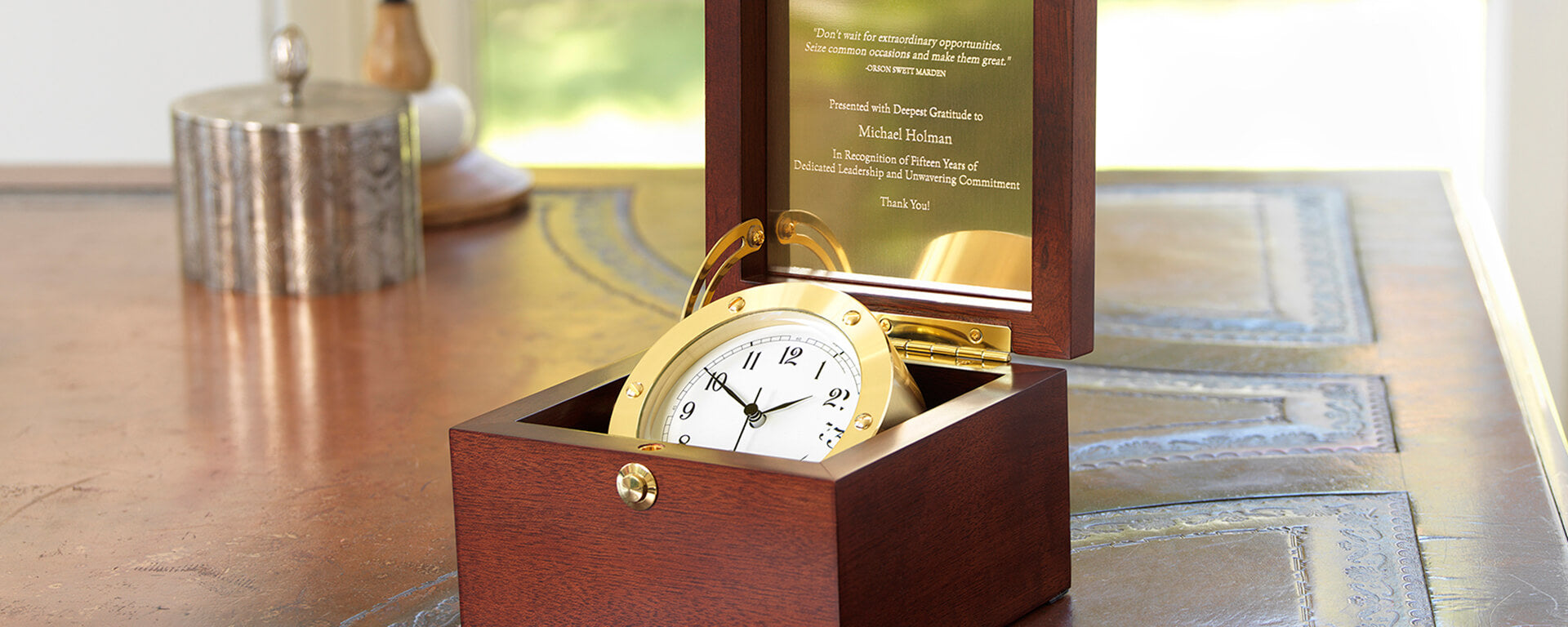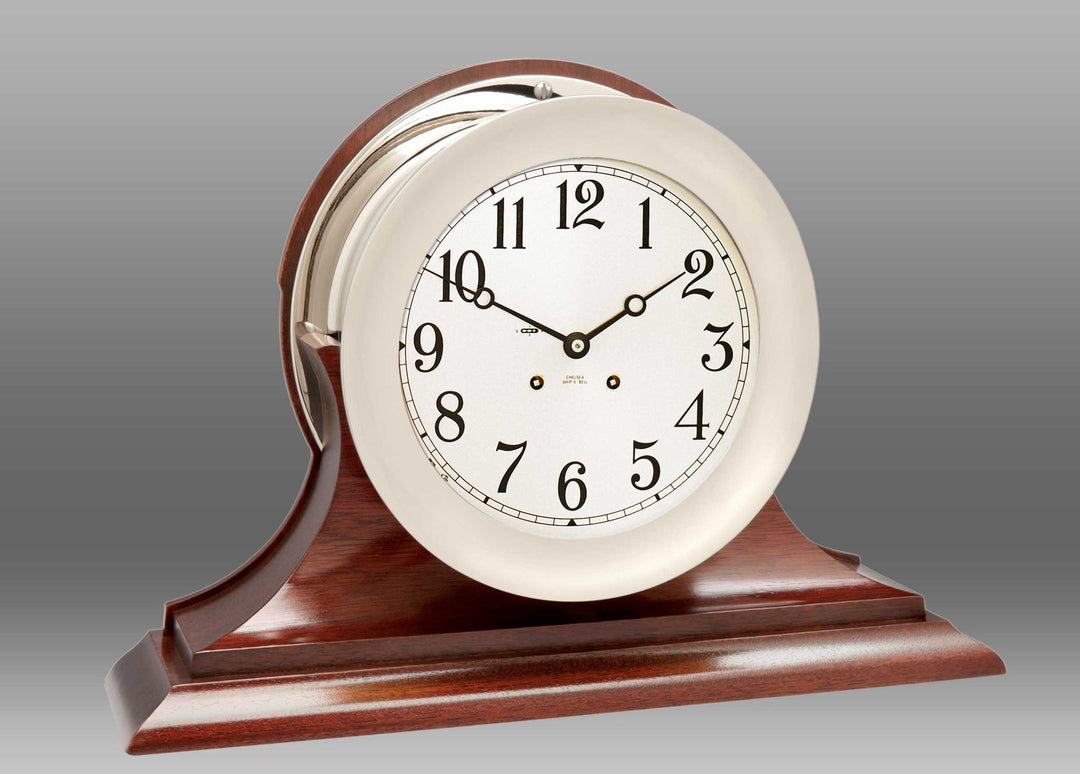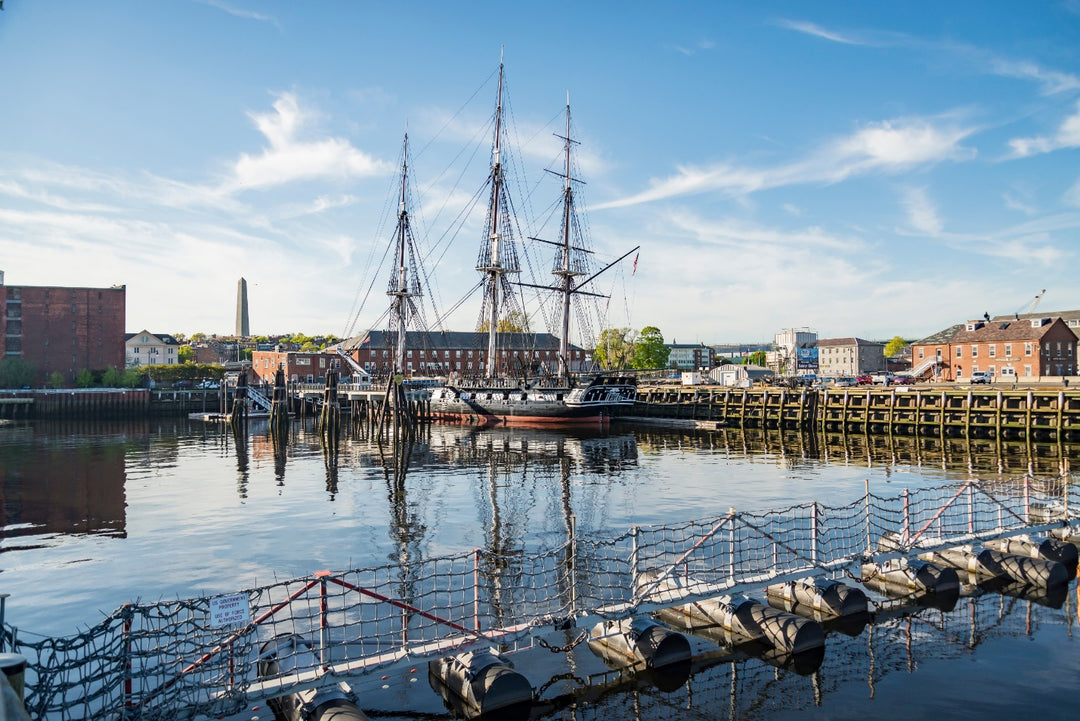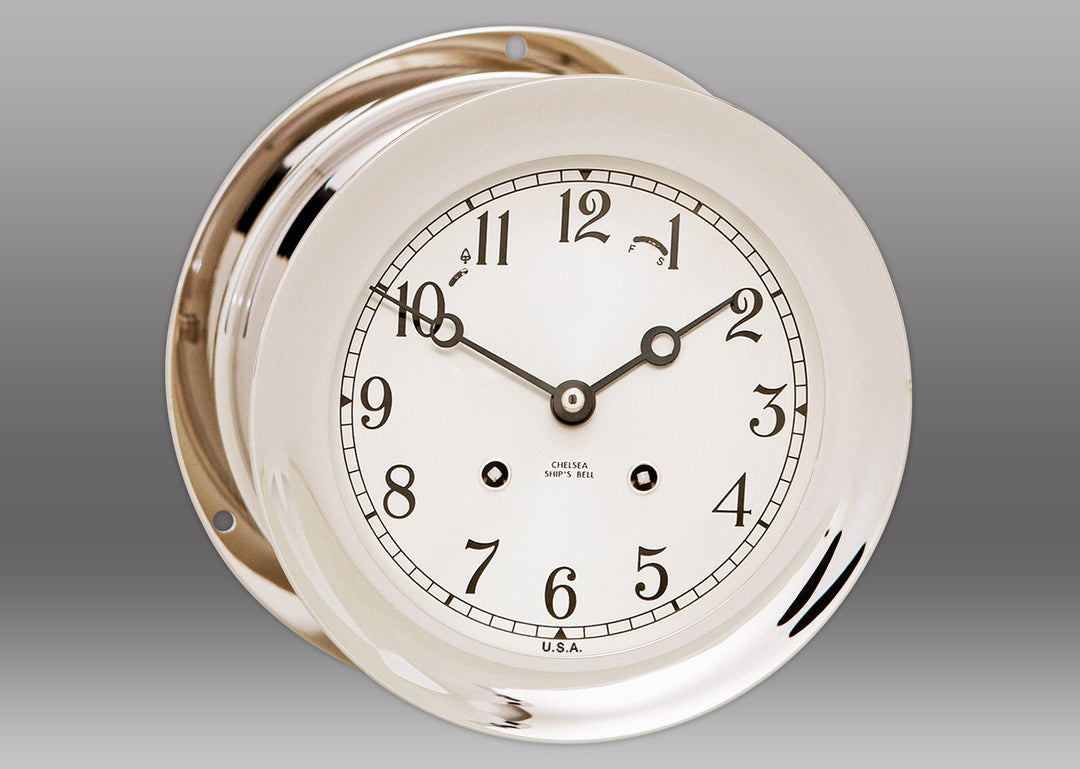This Day in History | the Battle of Leyte Gulf Begins
This week marks the 71st anniversary of the Battle of Leyte Gulf -- widely known as the largest battle of World War II, and by some accounts, the largest Naval battle in history -- a series of four WWII Naval engagements in which U.S. maritime forces would reclaim a beachhead in Southeast Asia after being expelled in 1941 and 1942. All four ended in victory for the U.S. Navy, crippling the Japanese combined fleet, and driving a stake through the Japanese empire by splitting off Tokyo's Southeast Asian holdings from Japan proper. Although the Imperial Japanese Navy mobilized nearly all of its major remaining vessels, it was unable to defeat the U.S. Navy's 3rd and 7th Fleets.
The battle was fought in the waters off Leyte Gulf, near the Philippine islands of Leyte, Samar, and Luzon, from October 23 - October 26, 1944, by combined Australian and American forces and the Imperial Japanese Navy. As part of a strategy to isolate Japan from its occupied territories in Southeast Asia and its vital oil supplies, U.S. troops invaded the island of Leyte in late October. The Japanese responded with their recently formulated plan "Sho-Go" (meaning "Operation Victory"), a plan to decoy the U.S. 3rd Fleet north and away from the San Bernardino Strait, while uniting three forces on Leyte Gulf to attack the landing. But on October 23, as Japanese forces moved into position, U.S. submarines discovered the first of the three Japanese attack forces and sank two heavy cruisers west of Palawan. Continuous surface and air clashes followed, while the United States 3rd Fleet chased the Japanese decoy.
The most notable engagements of the battle were fought on October 25, 1944. In the north, off Cape Engaño, part of the 3rd Fleet was sinking Japanese carriers while the other part moved south in pursuit of the Japanese First Attack Force. As the Japanese First Attack Force traversed the unguarded San Bernardino Strait ravaging U.S. escort carriers, it looked like they might take the U.S. 7th Fleet, but then unexpectedly withdrew. Meanwhile, at the Surigao Strait U.S. ships and cruisers from the 7th Fleet destroyed the Japanese C Force, forcing the Second Attack Force to withdraw.
In his book, One Hundred Years of Sea Power: The U.S. Nave, 1890 - 1990, Naval War College professor George Baer called Leyte, "in tonnage engaged and space covered, the greatest naval battle of all time."
THE BATTLE OF LEYTE GULF BY THE NUMBERS: ALLIES:
- 8 fleet carriers
- 8 light carriers
- 18 escort carriers
- 12 battleships
- 24 cruisers
- 141 destroyers and destroyer escorts
JAPANESE:
- 1 fleet carrier
- 3 light carriers
- 9 battleships
- 14 heavy cruisers
- 6 light cruisers
- 35+ destroyers









